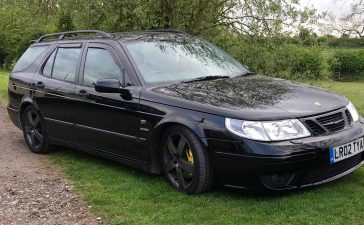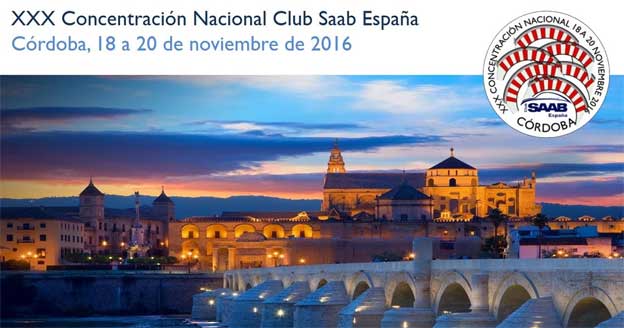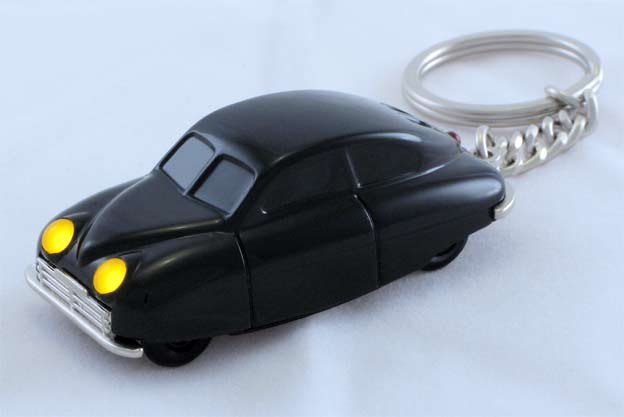Table of Contents
How Saab Returned to Australian Motorsport
Saab cars have been present in Australia for a long time, and they got a special boost when General Motors took over a part of Saab (and then the whole company). Since then, Saab cars have been much more present in that local market, the cooperation between Saab and the Australian Holden has increased, and due to the promotion, Saab is increasingly present in the motorsport there as well.
Just two months after being launched on the Australian market, at that time Saab’s new 9000 CS Turbo (Team: Saab Automobile Australia) has already proved both its performance and durability by taking a hard earned third outright placing in the world’s toughest endurance event for standard production cars. Won by Mazda’s new twin-turbo RX7, the James Hardie 12 Hours was held on the Mount Panorama circuit in New South Wales on 19 April 1992.
The James Hardie 12 Hours
The James Hardie 12 Hours is unique among endurance races, requiring all competing cars to remain absolutely showroom standard with the exception of safety-related items such as the installation of a roll cage and racing seat and harness. The only other modifications allowed include a fast refueling system (with standard tank capacity) and a more open exhaust system.
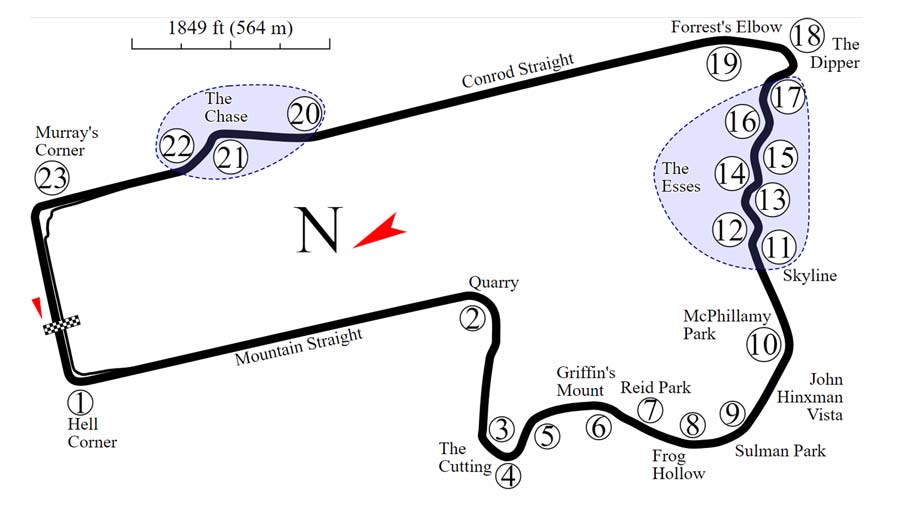
The Saab 9000 CS Turbo S and Competition
In that endurance race, first place was taken by Mazda’s new RX7 TwinTurbo on 254 laps, with BMW’s M5 Group A homologation car in second place on 251 laps. The Saab 9000 CS Turbo S was less than two minutes behind in third outright (second in the Turbo and 4WD class), beating home more fancied outright contenders including all five Holden Commodore Group A V8s and both of the 3 litre turbo Toyota Supras similar to the car which dominated in the 1991 event.
Conducted in warm and sunny conditions, 1992 James Hardie 12 Hour set new lap and race distance records, with top 7 cars completing more laps than the previous record. The 1991 record of 242 laps was smashed by the winning Mazda which scored 254.
The Saab 9000 CS completed 250 laps, 50km or 8 laps more than the old record!
Great tactics of the Saab team until the end of the race
Conservative qualifying laps put the Saab in seventh place on the start grid, but a rubbing brake line caused the team to lose several vital minutes on the first lap after 5.30am start. Fighting back from last of the 55 entries, the Saab moved into tenth place after the first hour and continued to steadly improve its position.
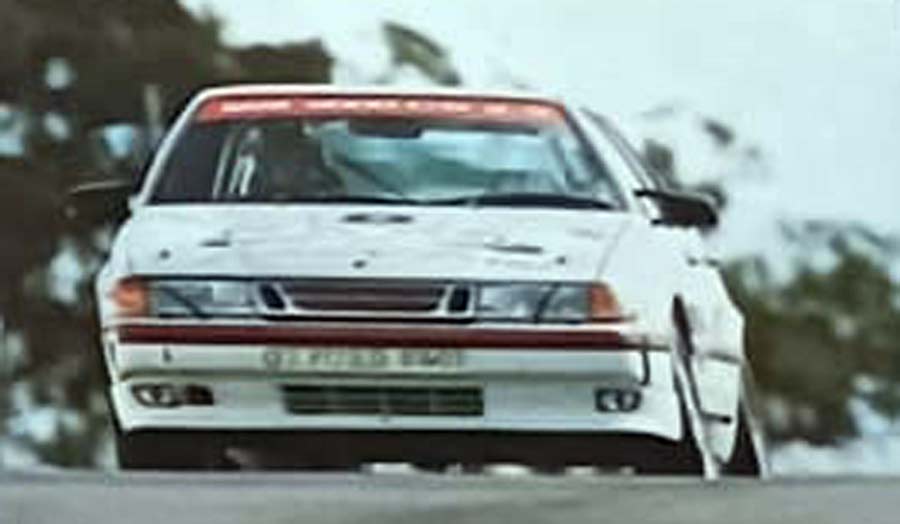
A faultless performance from Saab Dealer Team drivers Glen Seton and Colin Bond and from team manager Ken Mathews enabled the team to gain fourth place by the halfway mark and third place with less than two hours remaining.
Although closing the gap to the second-placed BMW M5 by more than 5 seconds per lap, the Saab drivers decided to conserve the car and ensure a secure third outright placing.
Extremely Difficult Race Conditions
The race was extremely difficult and demanding, so it required great efforts, both by the teams and the vehicles themselves. But the Saab 9000 performed very well in these difficult conditions, even though the team had bad luck at the very start. Brake pad and disc wear were major factors in the race outcome, with serveral teams dropping out of contention as a result.
The Saab 9000 CS has its brake disc and calliper assembly at each stop, completing the task, including refuelling, wheel changes and driver changes in under 90 seconds almost every time.
No Failure to The End
With the exception of the first-minute brake line problem, not a single reliability question or component failure was recorded by the Saab throughout the 12 hour race. The event was first time Saab Automobile had ever been involved in road racing in Australia and the result indicates the company’s decision to compete in what is probably the world’s toughest road racing arena for showroom stock cars.
Both Maximum Luxury and Maximum Performance in One Car
The model used for the Saab Dealer Team’s race assault was the Saab 9000 CS Turbo S, the most highly specified Saab on the Australian market Luxury iteks such as electric seats, electric windows, electric glass sunroof, burr walnut dashboard, full leather and suede trim, ABS + 3 anti-lock brakes and TCS traction control system were retained on the race car, making the Saab the most luxurious entrant on the day and possibly the most luxurious ever to compete on the Mount Panorama Circuit.







